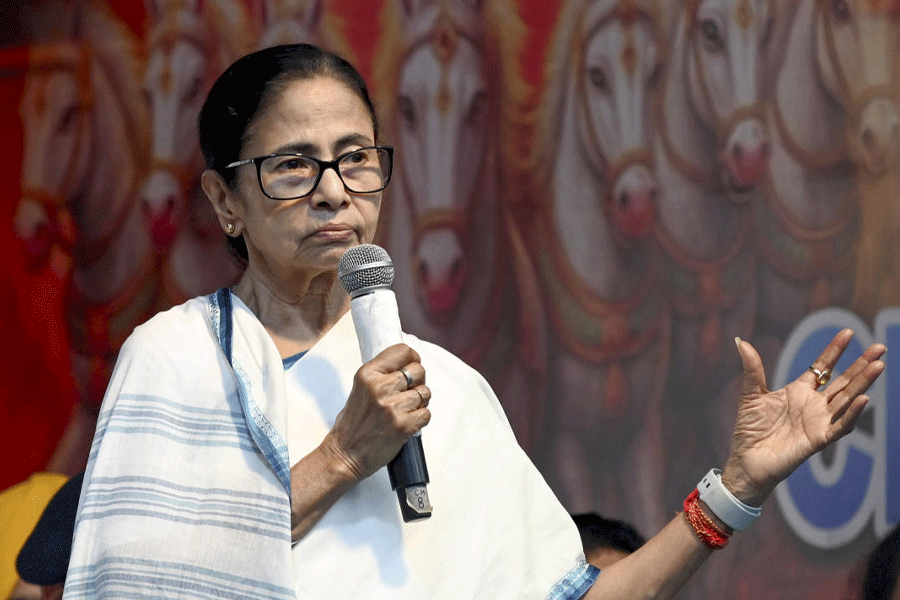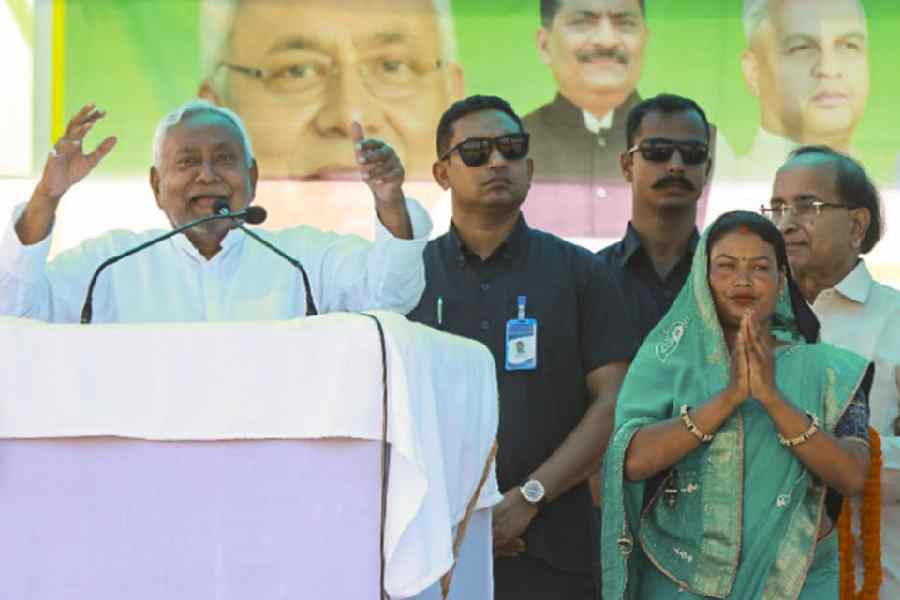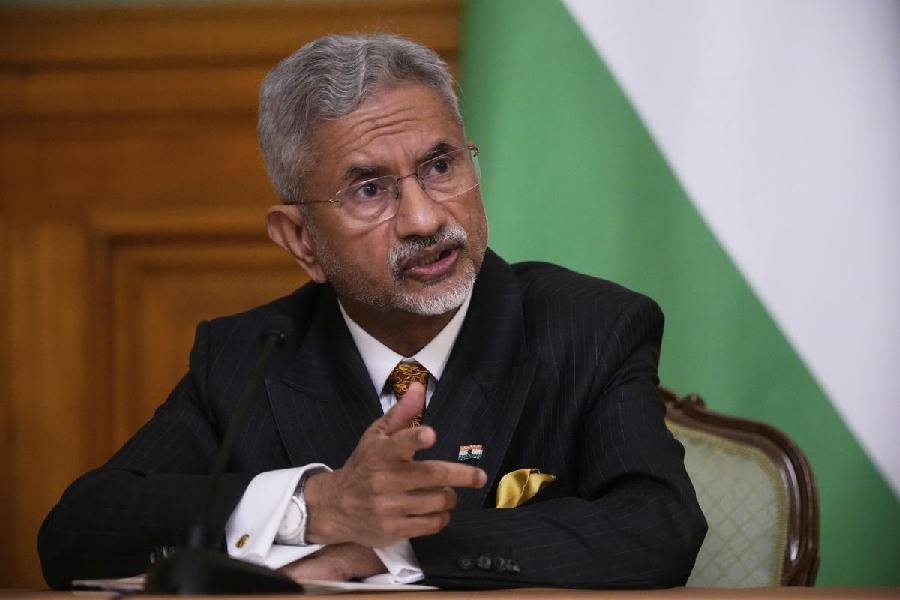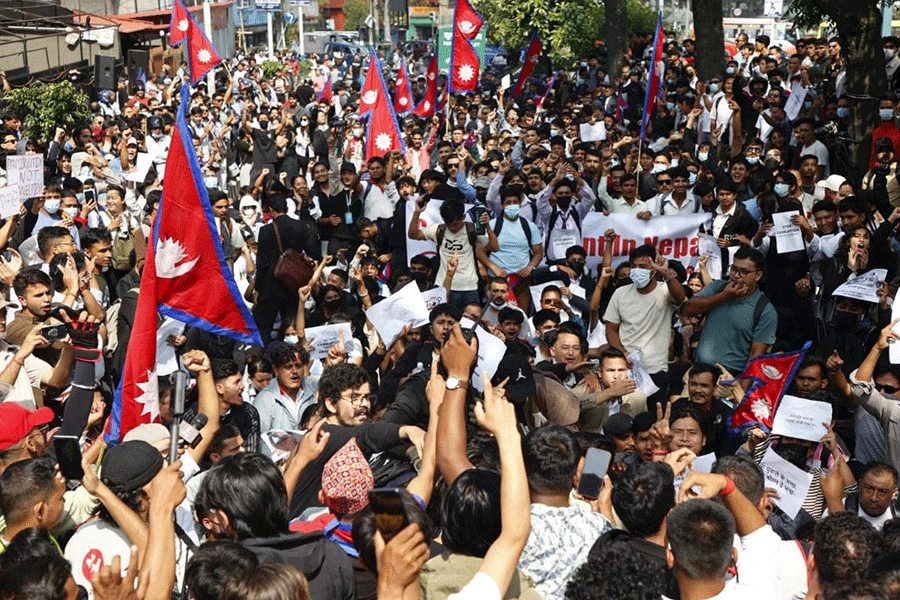Bhubaneswar, March 2: Archaeologists and Buddhist scholars are at loggerheads with the state archaeology department and the Odisha Institute of Maritime and South East Asian Studies (Oimseas) over construction of stupas at Tarapur and other sites near Jajpur.
Veteran archaeologists and scholars opine that erection of stupas at excavated sites is defacing the original site, while Oimseas claim this will attract visitors.
The Tarapur excavation site had a vast mound of debris of relics related to the Buddhist era.
A base of what looked liked a stupa was also seen at the site. However, the stupa built by Oimseas, which was completed last month, has neither used much of these remains in construction nor have they used proper material, says a local resident.
“Earlier, there were only a few remains of a stupa-like structure located on the hill top at Tarapur. Later, it was decided that the structure would be renovated.
“But instead of renovation, the state archaeology department built a new stupa in place of the old one. It has been made using bricks and other modern building materials,” says Prafulla Dehury, a local villager.
“The new stupa has made the site lose its historical characteristic. Instead of reusing the debris, the authorities have used new local-made bricks that are the one-third of the size of the original ones to build the new stupa. They even used cement and present-day laterite stones in the structure. This has been done in gross violation of archaeological ethics and laws,” says Rama Chandra Ray, an archaeology researcher.
Researchers say that the engravings found at the Tarapur site indicate that the stupa was a Kesha stupa. A similar Kesha stupa is found only in Myanmar.
Senior archaeologists, however, say the site should have been preserved without making any changes.
“The Indian Conservation Act, 1904, says that there should be no addition or modification during the course of any renovation. It is also mandatory that the debris is reused during the course of renovation. In case of shortage of materials during the course of renovation, the same type of materials should have been made,” said archaeologist Debaraj Pradhan.
Former superintendent of state archaeology department B.K. Rath said construction of the new stupa in the place of the old one violates archaeology ethics.
“Constructing something that was not existing during excavation is ridiculous. Oimseas could repair a structure if there was one. But it should not have created one,” he said.
Oimseas authorities, however, say that they have done proper research and sought expert guidance to recreate the stupa.
“A stupa existed there and we had excavated it. Now, we tried to re-erect it so that visitors could see why this is called an excavated site. Otherwise, how would this be an archaeological site at all? Moreover, we sought guidance of the Archaeological Survey of India (ASI) and this is a form of renovation and conservation. This should not be called construction. We have only tried to restore the site’s heritage. We have worked on the evidence of the stupa’s structure we found during the excavation,” said Oimseas secretary Sunil Patnaik, a Buddhist archaeologist.
The ASI Bhubaneswar circle officials, however, said that they had no role to play in the construction of the stupa.
“I had seen a circular base at the excavation site many years ago during a visit which could point that there was a stupa at the site. But from what I have heard, now they have used modern day materials to create a stupa which, if true, is improper. Anyway, the ASI was not involved in the project and we have no idea of what Oimseas has made at the site,” said A.K. Patel, superintendent of the ASI Bhubaneswar circle.











